Hello,
How Can We Help You?
Contact Form
Fill in the form and we will contact you as quickly as possible.
Contact us on Whatsapp
Scan with your camera app or click the QR code to start a conversation.


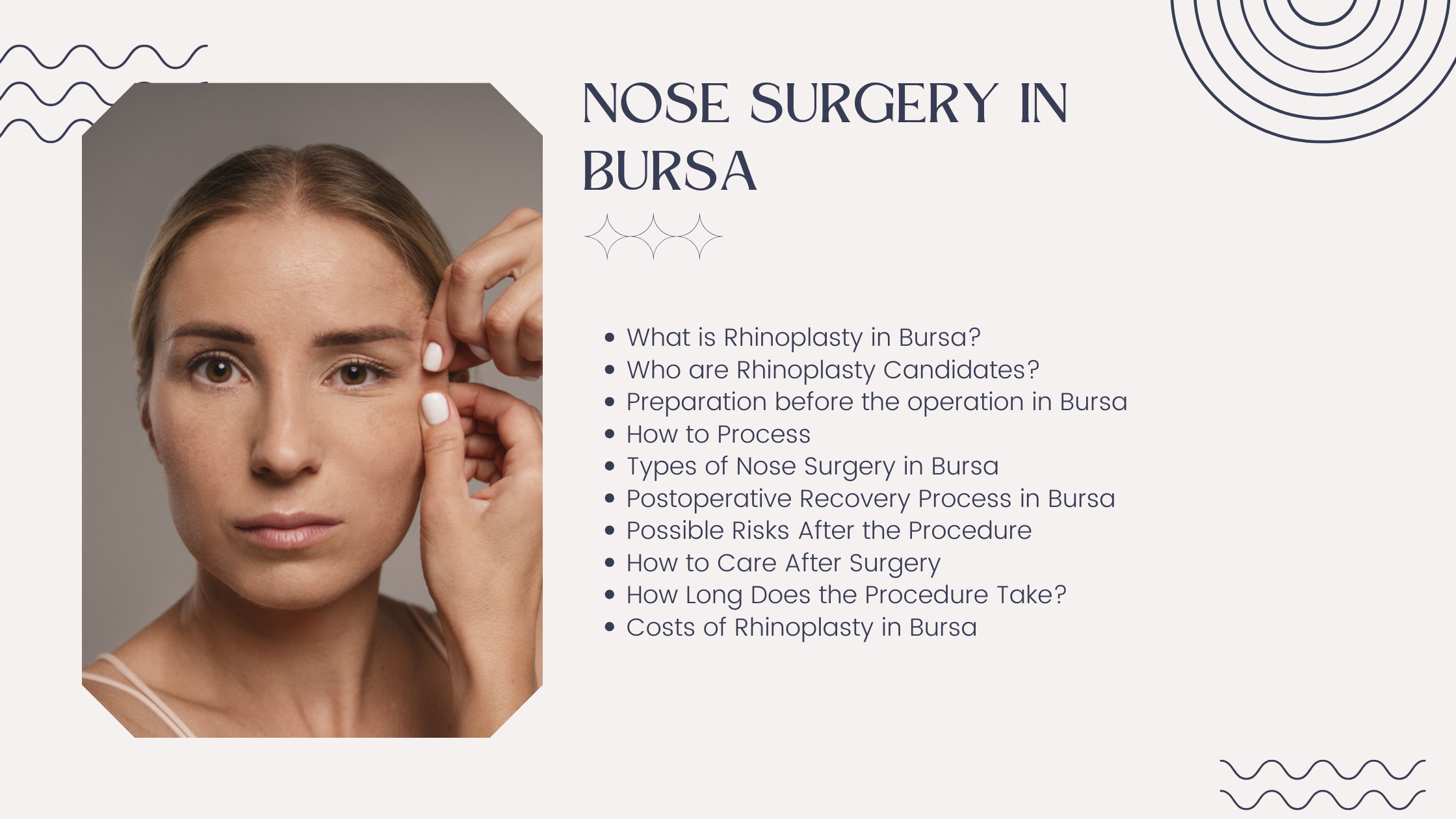
Contents
What is Nose Aesthetics in Bursa?
Nose aesthetics, medically known as "rhinoplasty," is a surgical procedure aimed at improving the shape, size, or functionality of the nose. This procedure is often chosen for cosmetic reasons, but it can also be performed to correct nasal breathing issues.
Nose aesthetics involve reshaping or revising the cartilage and bone structures of the nose. Surgical techniques typically focus on specific areas such as correcting the nasal bridge, lifting the nasal tip, or reshaping the nostrils. The surgery is usually performed under general anesthesia, and the surgeon works meticulously to achieve the desired aesthetic or functional outcomes.
After the surgery, patients generally expect a more aesthetically pleasing nose profile, a balanced alignment with their face, or improvement in breathing issues. The recovery process varies from person to person but typically shows noticeable improvement within a few weeks.
In summary, nose aesthetics is a surgical procedure aimed at enhancing the appearance or functionality of the nose for aesthetic or functional reasons. Patients considering such a procedure should consult with an experienced aesthetic surgeon to discuss their expectations and ensure accurate communication.
Who are the Candidates for Nose Aesthetics?
Nose aesthetics, or rhinoplasty, may be suitable for individuals with specific conditions and expectations. Candidates for nose aesthetics include:
It is essential for potential candidates to have a detailed consultation with an experienced aesthetic or nasal surgeon to discuss their expectations, health history, and procedural questions.
Pre-Procedure Preparation in Bursa
Pre-surgery preparation involves several steps to ensure the success of the procedure and minimize potential risks:
Completing these preparatory steps enhances the success of the surgery and ensures a safer recovery process. Therefore, patients considering rhinoplasty should work closely with their doctor to manage this process effectively.
How is the Procedure Performed?
Nose aesthetics surgery generally involves the following steps:
The specifics of the procedure can vary based on the surgeon’s experience, the patient’s anatomy, and the desired results. Therefore, it is crucial for patients considering rhinoplasty to have a detailed consultation with an experienced aesthetic or nasal surgeon.
Types of Nose Surgery in Bursa
Nose surgeries can be categorized into various types based on medical needs or aesthetic goals:
Each type of nose surgery requires different techniques and procedures based on the patient’s needs and the surgeon’s experience. Therefore, patients should consult with a skilled aesthetic or nasal surgeon to determine the most appropriate treatment plan.
Post-Surgery Recovery Process in Bursa
The recovery process after a nose surgery can vary based on the type of surgery, the surgeon’s techniques, and the patient’s overall health. Generally, the recovery process includes the following stages:
The recovery process varies based on individual responses to the surgery and the techniques used. Following the surgeon’s recommendations carefully can help ensure a swift and safe recovery.
Possible Risks After the Procedure
While nose surgeries are generally safe, potential complications may arise, including:
To manage these risks effectively, it is essential to follow pre-surgery and post-surgery care instructions and attend follow-up appointments with the surgeon.
How Should Post-Surgery Care Be?
Effective post-surgery care is crucial for optimal healing and achieving the desired results. Key aspects of post-surgery care include:
Adhering to these care instructions ensures a smoother recovery process and helps achieve the best possible outcomes.
How Long Does it Take for the Procedure to Show Effect?
The final results of nose aesthetics surgery may take time to become fully apparent. Generally, the following timelines apply:
It is important to follow up with the surgeon and be patient throughout the recovery process. While initial results may be visible in weeks, achieving the final outcome requires time for complete healing.
Costs of Nose Aesthetics in Bursa
The cost of nose aesthetics surgery in Bursa can vary based on several factors:
It is essential for potential patients to consult with the chosen surgeon to obtain a detailed cost estimate that includes all associated expenses. This helps in planning and understanding the total investment required for the surgery
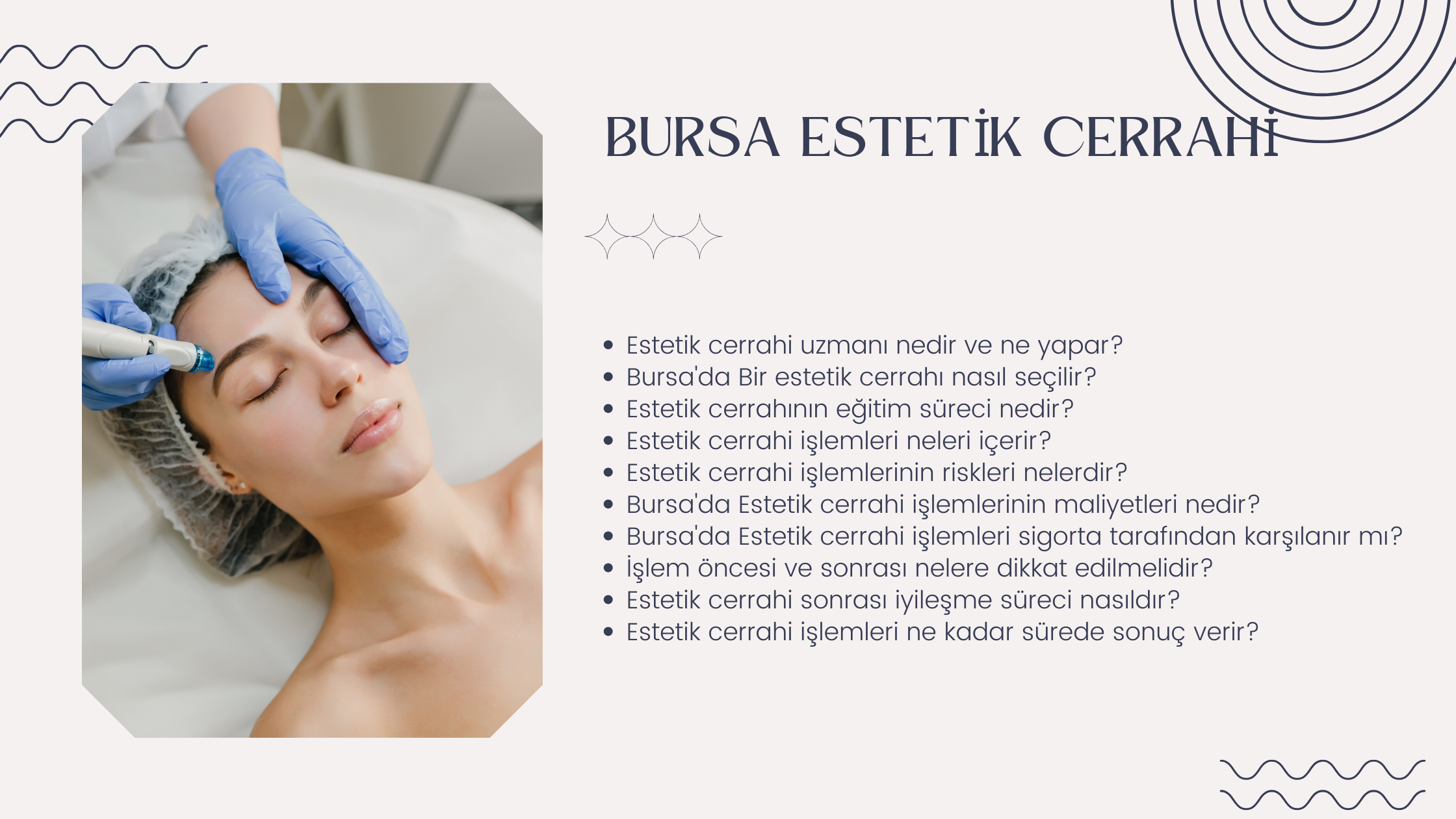
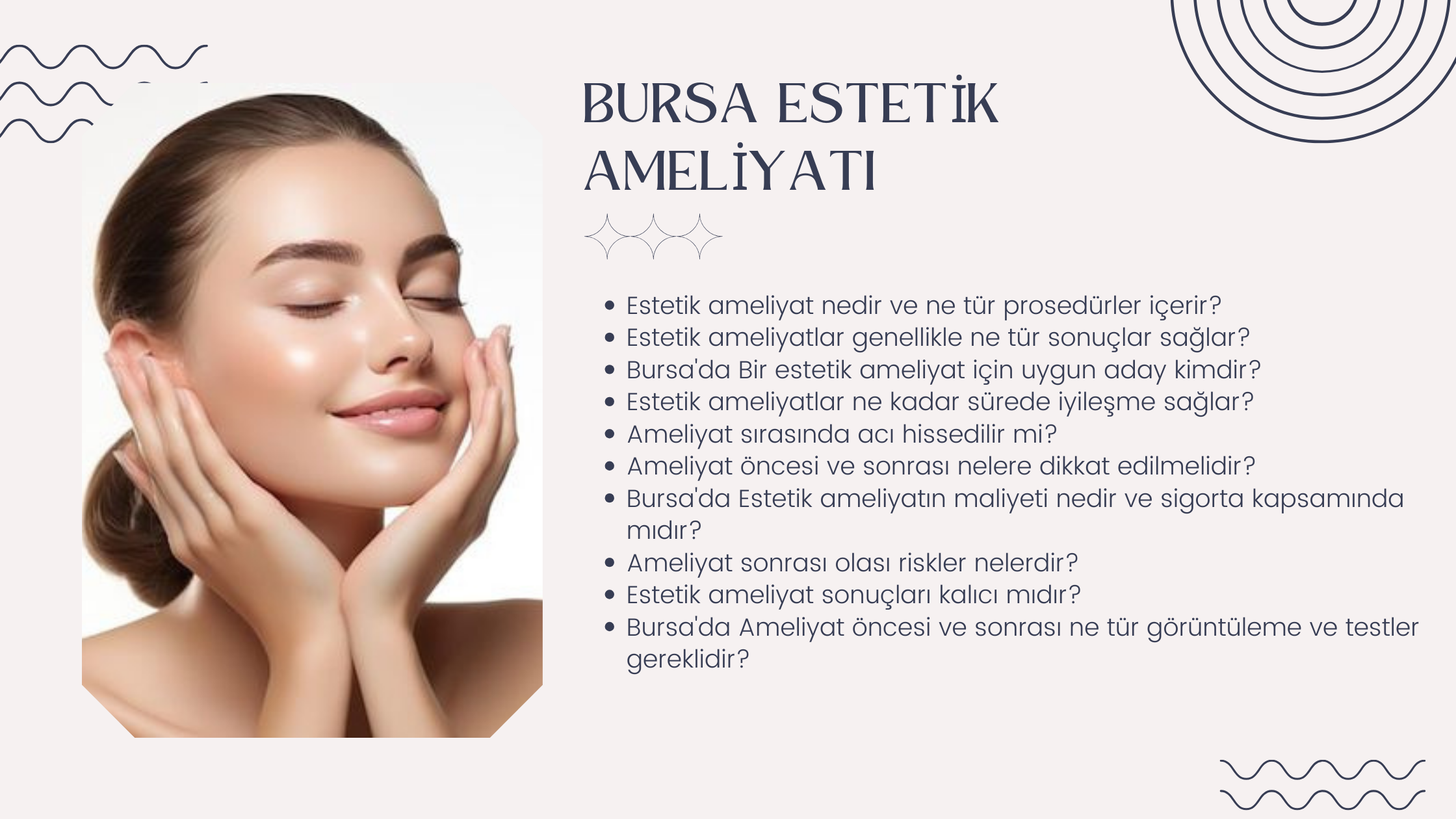
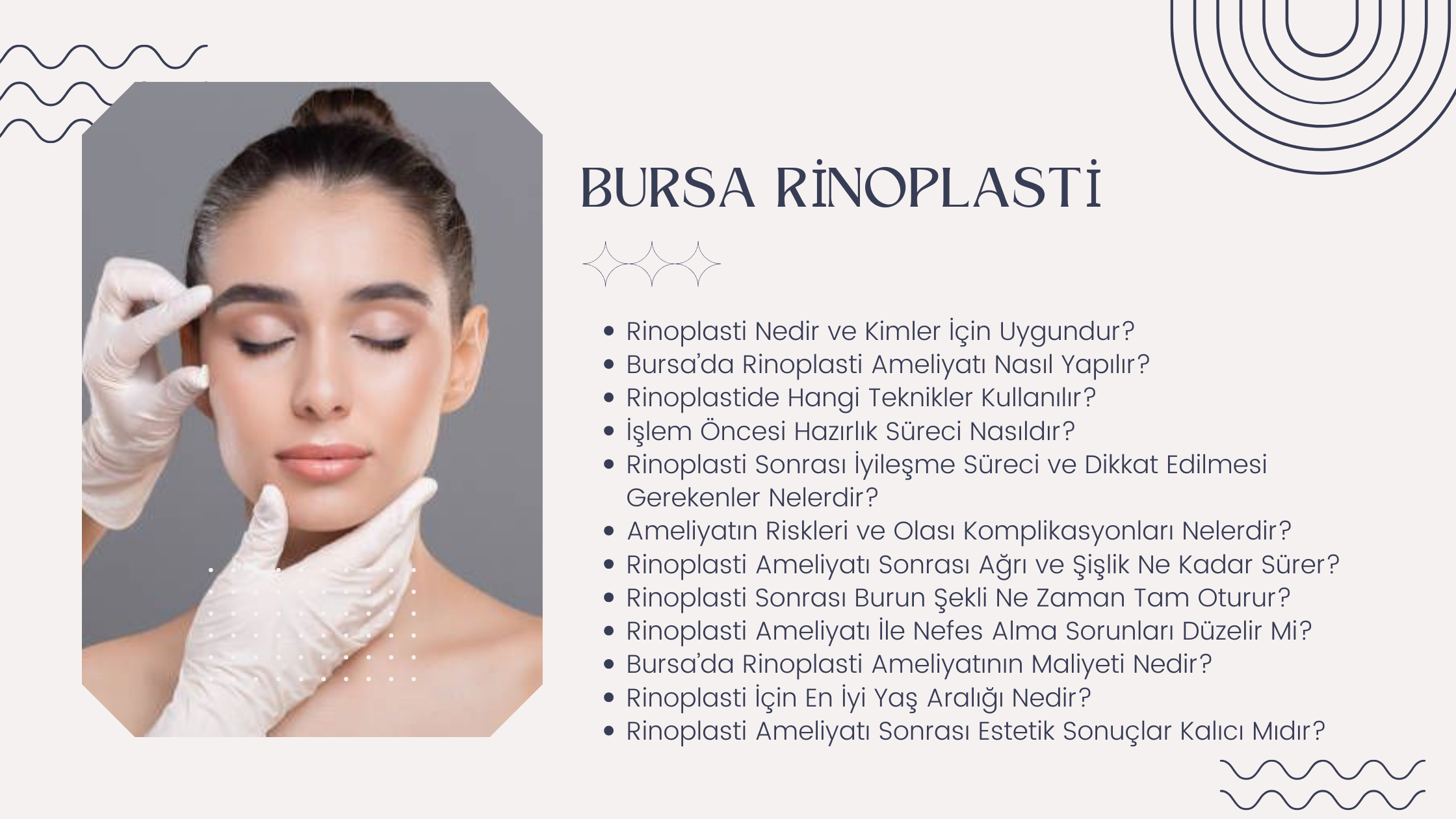
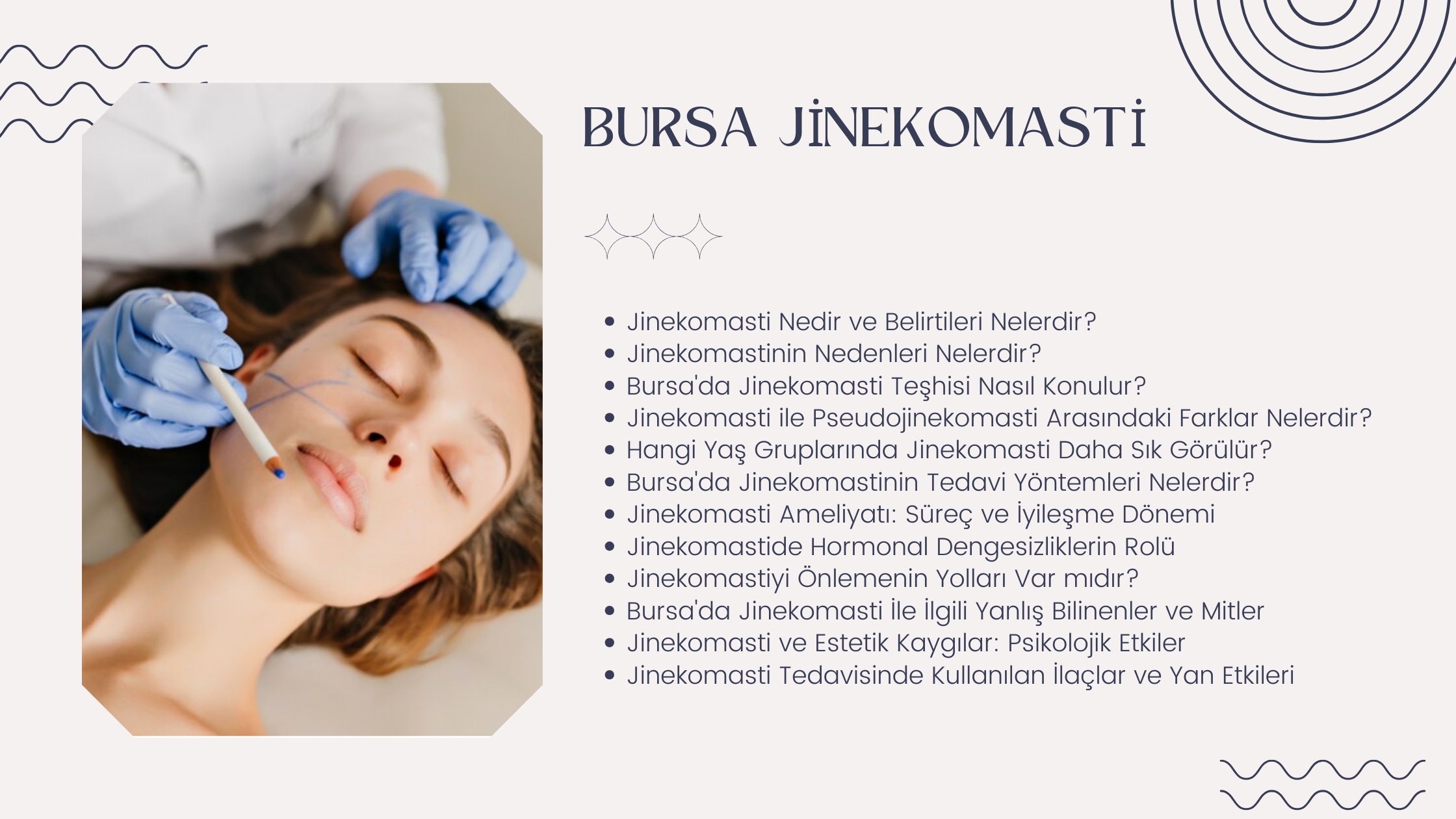
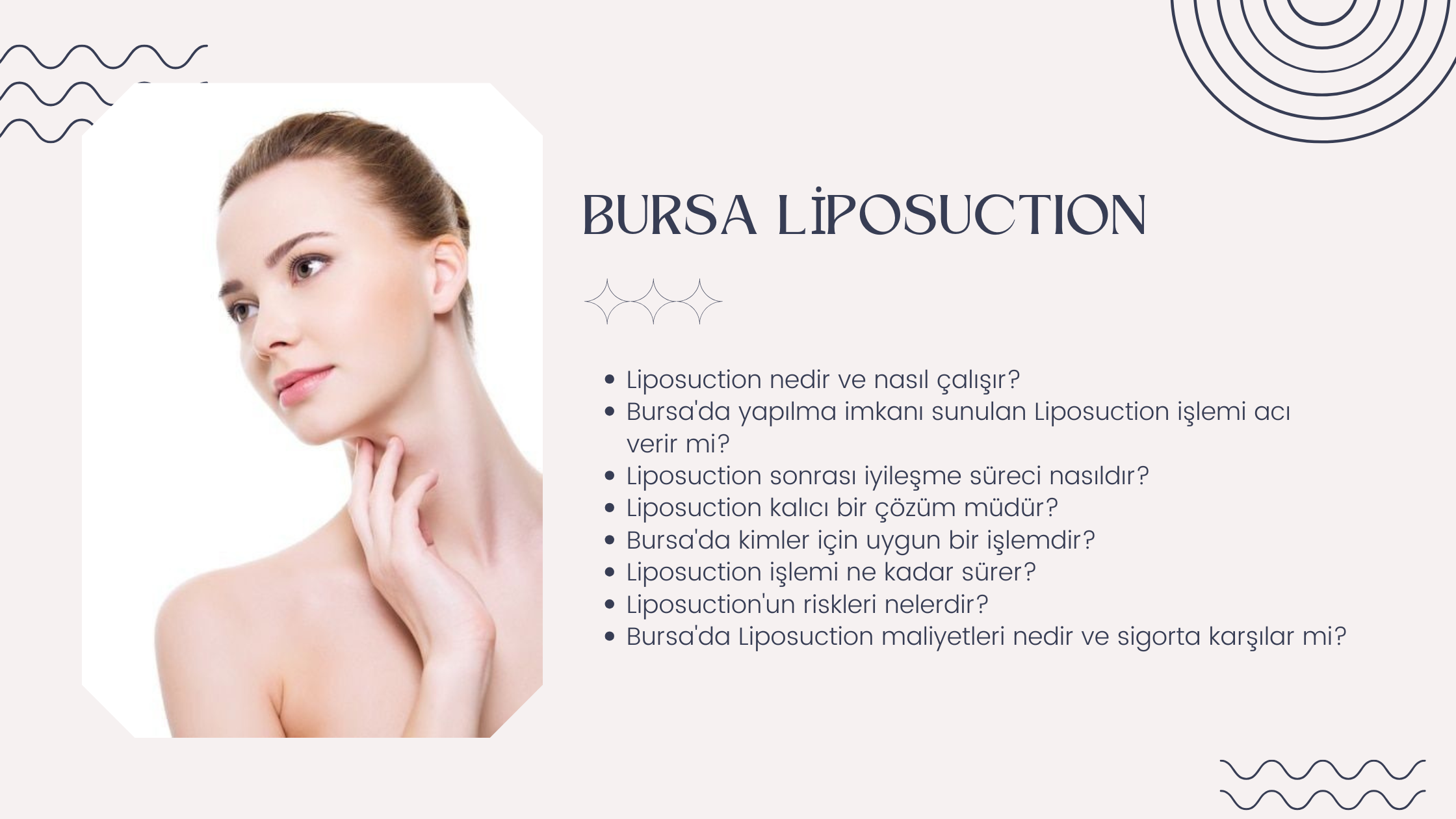
Lorem ipsum dolor sit amet.
Contact Form
Fill in the form and we will contact you as quickly as possible.
Contact us on Whatsapp
Scan with your camera app or click the QR code to start a conversation.